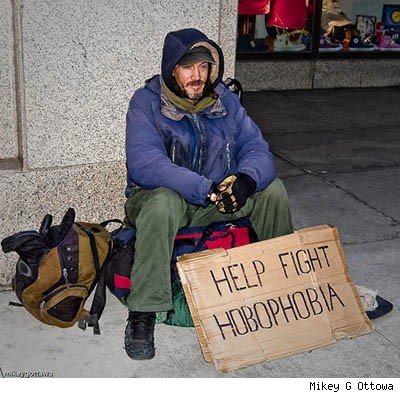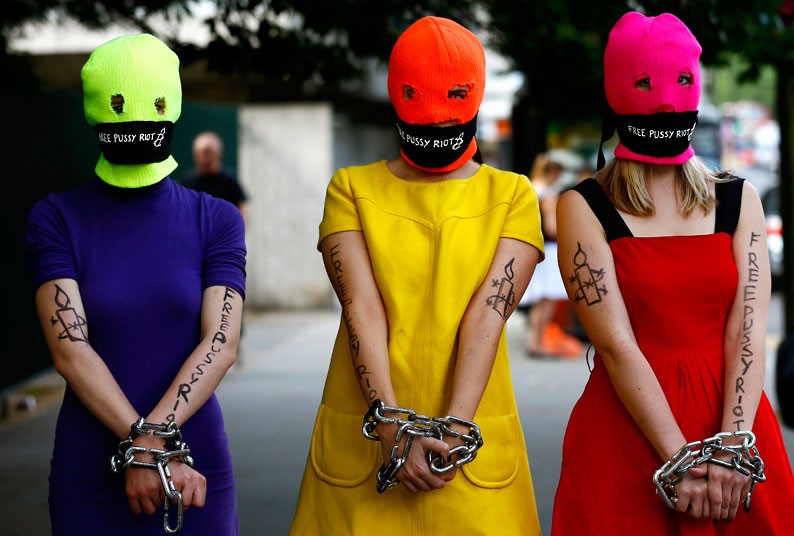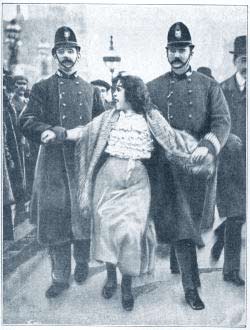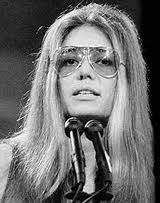
Intended Audience
The intended audience for my backgrounder will revolve around the general public, researchers and introduced sociologists as well as involved community members. It is also intended for the general public and the concerned citizens of Montreal and the politically active. Although poverty in Montreal has been reworded to synonymous concerns of the "economy" as well as increasing jobs within Montreal, poverty is an equal proponent and cause for concern. The positive outlook of an issue whether determining job levels or unemployment rates ultimately comes down tax-breaks the city of Montreal offers as well as education levels and Montreal's push towards increasing literacy and adaptability in a mixed cultural inner-city society and its varying wage-levels of its citizens.
Single Sentence Backgrounder - Statement of the Issue
This backgrounder aims to better understand the core issues and aspects of poverty levels within Montreal to better assess the situation in order to affirm correct governmental efforts towards relieving high levels of inner-city poverty.
Background Information
Montreal's poverty rates have been amongst the highest of the country since its scrutiny in the early 90's. During the 90s, it was at a staggering 41% in comparison to other cities ranging around the 20% mark (Edmonton Journal, 2000). Average incomes were about half of the intended income to live by, 14,500$. Montreal's poverty levels were definitely at an all-time high at the time, but what of now? In comparison to Ottawa and Vancouver, Montreal's poverty rates were at an all-time high mostly due to its lack of retirement program as well as longevity of a working force during its later years. Programs such as the Old Age Security and Guaranteed Income Supplement are credited as the main reasons for the drop, however if excluded from our statistics thanks to Stats Can (2007), the overall poverty rates remain the same, yet Montreal's rankings drop to third, fourth or even sixth. With the increase of minorities through the growing years, their overall extreme poverty rates have been high, however there are fewer minorities within Montreal than the other major Canadian capital cities, yet are the most impoverished. This could indicate that a sweeping lack of jobs throughout all sectors affecting all minorities and ethnic groups more so than contributing the issue towards one minority enclave over another. The lack of general jobs and the source of poverty has not been completely discovered yet and it could have to do with more opportunities for companies outside the province than within the city as well as the general bonuses towards the elderly more so than those prospering out of university, graduated and eager for jobs.
Current Situation & Implications
The implication of Montreal's poverty levels so distinguished from other major Canadian capital cities is that it highlights an underlining socio-infrastructure issue that is so impactful, that it differentiates Montreal's past rates and its current poverty levels. Currently, Montreal's income status sits at a 21.1% before taxes, 7% more than the metropolitan areas' average and 4% more than Quebec (Stats Canada, 2007). Studies from Citizenship & Immigration Canada highlights the irony of Montreal having the least minority population, but high impoverished areas and enclaves with minorities or even with minority ethnic groups living amongst dominant Caucasian neighborhoods. There is a core and underlying issue with Montreal's poverty levels across all ethnic groups and ages that needs to be revealed and highlighted. Is it the unions, the education degrees or lack of jobs due to outsourcing? This backgrounder aims to answer the high-levels of inner-city poverty. Only those 65 years old have dropped massively from 34.1% to the lowest: 14.5%. Programs such as the Old Age Security and Guaranteed Income Supplement are credited as the main reasons for the drop. So while rates have dropped massively nation-wide, it has been mostly for seniors and what was once perceived as optimism since our 1990's findings, is now returning to its true state, that poverty, for the working ages and adults, is still a major problem and many are still living below a comfortable level. This article helps separate and further eliminate potential reasoning to a reasonable high poverty rate.
Documentation - Annotated Bibliography
City-Data.com (2007) - Montreal's Income Levels (Statistics Canada Catalogue no. 92-591-XWE. Ottawa. Released March 13 2007)
Though just a statistical graph of both Earnings, Income, governmental transfers, this will help determine just how much Canada pays in percentages due to taxes, how much it earns, how much more it is to Canada, to Quebec and more. These statistics, though a bit outdated by 5 years (2007), give us a ball-park of what to expect in terms of earnings, return back to the government and gender/age differentiations. These statistics are intended for all audiences ranging from the general public, to researchers and sociological students.
CBC.ca (2000) - Montreal "poverty capital of Canada"
Not journalistic, however, this adds context to Montreal's poverty context in comparison to other capital cities such as Toronto and Ottawa. Poverty rate in the 1990s was as high as 41% based on the census data of '96, household income of '95 and took the government's low-income cut-off as its definition of the poverty line. This also helps us decipher how to interpret the 2007 statistics of incomes and earnings in our Stats Canada Catalogue. The study, though unnamed, is claimed to be back by many several Canadian municipalities. However, this cannot be used as a real reference, but purely to be aiding our Background Information section as well as implicitly dictate the current situation section. The news article makes some bold claims: "The report shows that despite government promises to eliminate child poverty by 2000, it has grown in step with adult poverty, a fact Lee doesn't find surprising." This news article is intended for all audiences ranging from the general public, to researchers and sociological students.
Edmonton Journal (2000) - "Montreal's poverty worst in Canada: Across the country, number of poor up 34% during '90-'95"
Edmonton Journal confirms what CBC claims, with Montreal having the largest urban poverty in all of Canada during the 90s ('90 to '95). Ottawa has the smallest proportion of poor resident and 23.3% for Vancouver. Journalistic article's source is a major report called "Urban Poverty". Article states that the average rate income of the poor is 14,500$ (a quarter of average earnings). This article both affirms what the news article of CBC dictates as well as gives us more intended figures of Montreal's income levels, earnings and poverty rates in both the early-mid 90s to also declaring that the levels have slowly declined since (but we have Stats Canada of 2007 to follow-up on just how much its declined as well as the implications to why). This journalistic news article is intended for all audiences ranging from the general public, to researchers and sociological students.
Citizenship & Immigration Canada (2009) - "Exploring minority enclave areas in Montréal, Toronto, and Vancouver"
The study of minority enclaves (boroughs) tries to link both the socio-economic marginalization that may lead to poverty and a possible relationship. While it may be a concluding factor, it states that it is part of a bigger marginalization. Despite this, enclaves are of extreme poverty as well as the fact that Montreal has it the worst in addition to having the lowest population of visible minorities and those who live in enclaves. This article is especially good at distinguishing the differences of poverty, levels of minority groups and enclaves and circling Montreal as having the least of minorities, but the most impoverished, gaining its lead as one of the city's with the largest poverty levels and the effects of minority groups (even living amongst Caucasians). This study is intended for all audiences ranging from the general public, to researchers and sociological students.
Andrew Heisz, Canada's Global Cities: Socio-Economic Conditions in Montreal, Toronto, Vancouver (2006)
This article is both insightful and incredibly immense with information and facts ranging from Montreal's population growth, number of municipalities (60), labour markets, and income/low income. The article aims to understand the median standard of economic well-being, evidence of a widening gap between the rich and poor as well as what groups are at risk of exclusion based on having too little income. In addition to this, it applies the same information and fact-seeking to neighbouring growing cities we use to compare Montreal's levels to Vancouver and even Toronto, furthering establishing its usefulness in our exploration and questions. This study is intended for all audiences ranging from the general public, to researchers and sociological students.
CanEquity.com, Montreal, Toronto, Vancouver Top Out National Poverty Rates: Statscan (2011)
This article follows-up even further on the poverty levels of all three major cities. Overall, the national rate is at a near 10% (9.6), with Montreal now at 13.1%, lowering itself from 19.7% 10 years ago. The article goes on to contribute that services, housing and governmental benefits have lifted some problems, making Montreal, originally the top most impoverished city, now in third, following Toronto and Vancouver. While the article is good, it does not add much social context or reasoning to what are the contributing factors towards a still-high poverty rate. This study is intended for all audiences ranging from the general public, to researchers and sociological students.
Poverty Trends in Canada (2007), National Council of Welfare, "Solving Poverty Information Kit"
The Solving Poverty Information Kit given by the National Council of Welfare for Canada does not give much insight into Montreal's poverty, but gives an over-arching foundational view of Canada as a whole and helps distinguish that although rates have dropped according to CanEquity in 2011, the National Council of Welfare distinguishes that anyone still working and below the age of 65 years, has had little to no change in their current income or, better stated: have had little effect on the poverty rates. From 16.2% to 16.8% in the last 25 years. Only those 65 years old have dropped massively from 34.1% to the lowest: 14.5%. Programs such as the Old Age Security and Guaranteed Income Supplement are credited as the main reasons for the drop. So while rates have dropped massively nation-wide, it has been mostly for seniors and what was once perceived as optimism since our 1990's findings, is now returning to its true state, that poverty, for the working ages and adults, is still a major problem and many are still living below a comfortable level. This article helps separate and further eliminate potential reasoning to a reasonable high poverty rate. This study is intended for all audiences ranging from the general public, to researchers and sociological students.
Rudy Pohl, Street Level Consulting.ca, Poverty in Canada (2002)
Not necessarily related to Montreal's poverty, but this article will help define poverty in a more sociological format both in wording and to be in accordance with our statistics and findings. It also helps measure the validity of the statistics, what to interpret from it as well as the ability to measure poverty in Canada. This article is intended for all audiences ranging from the general public, to researchers and sociological students.



